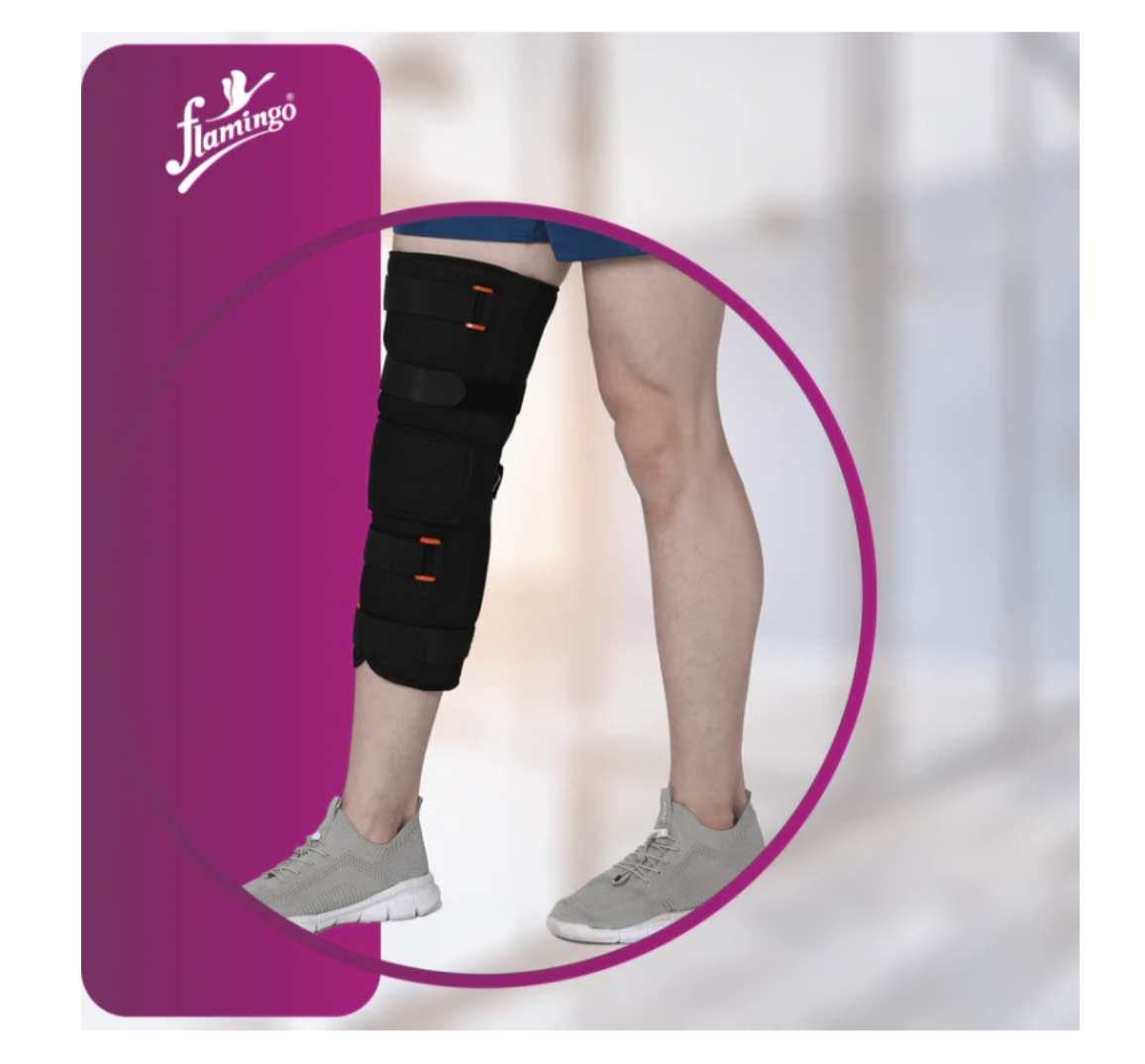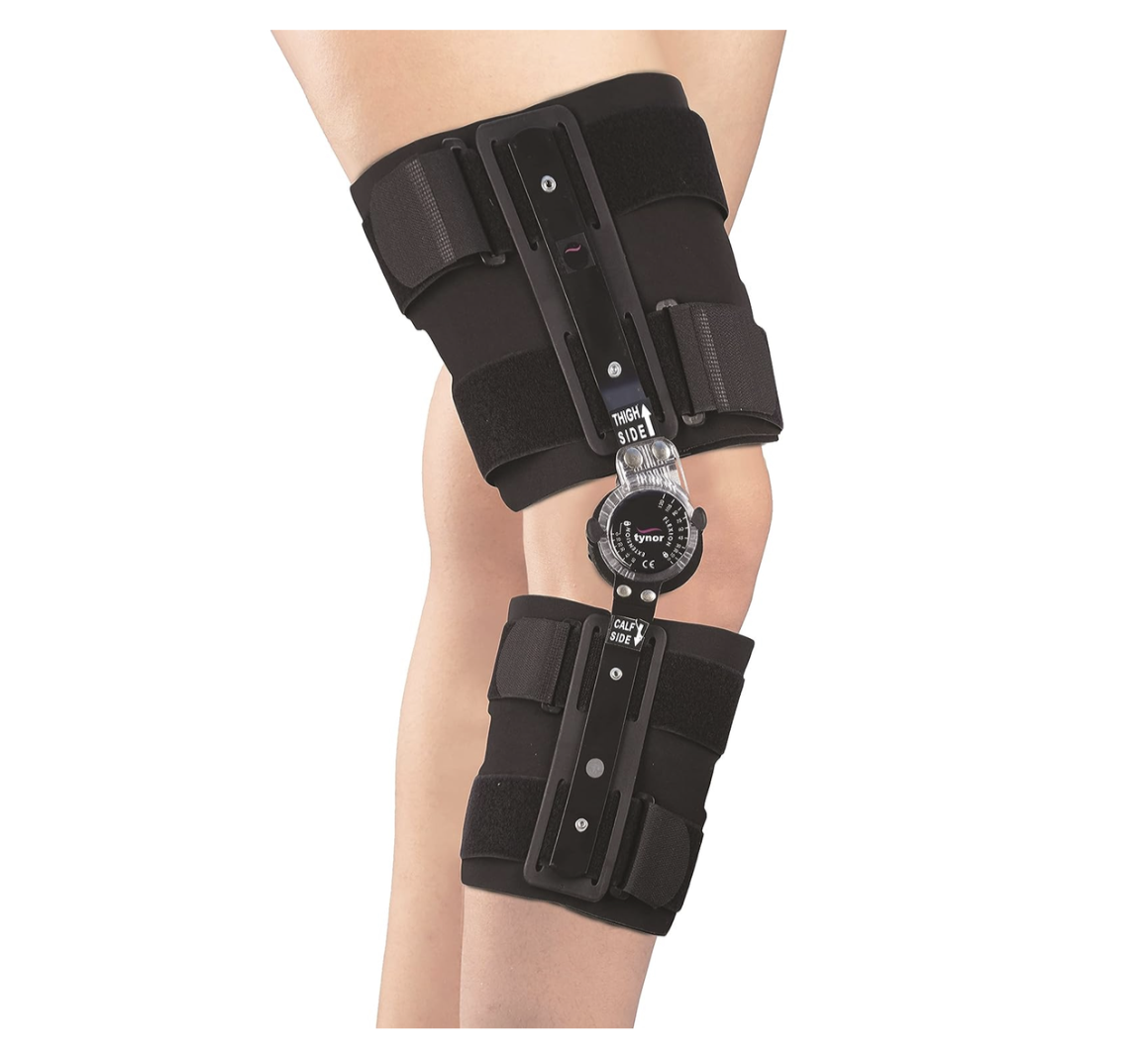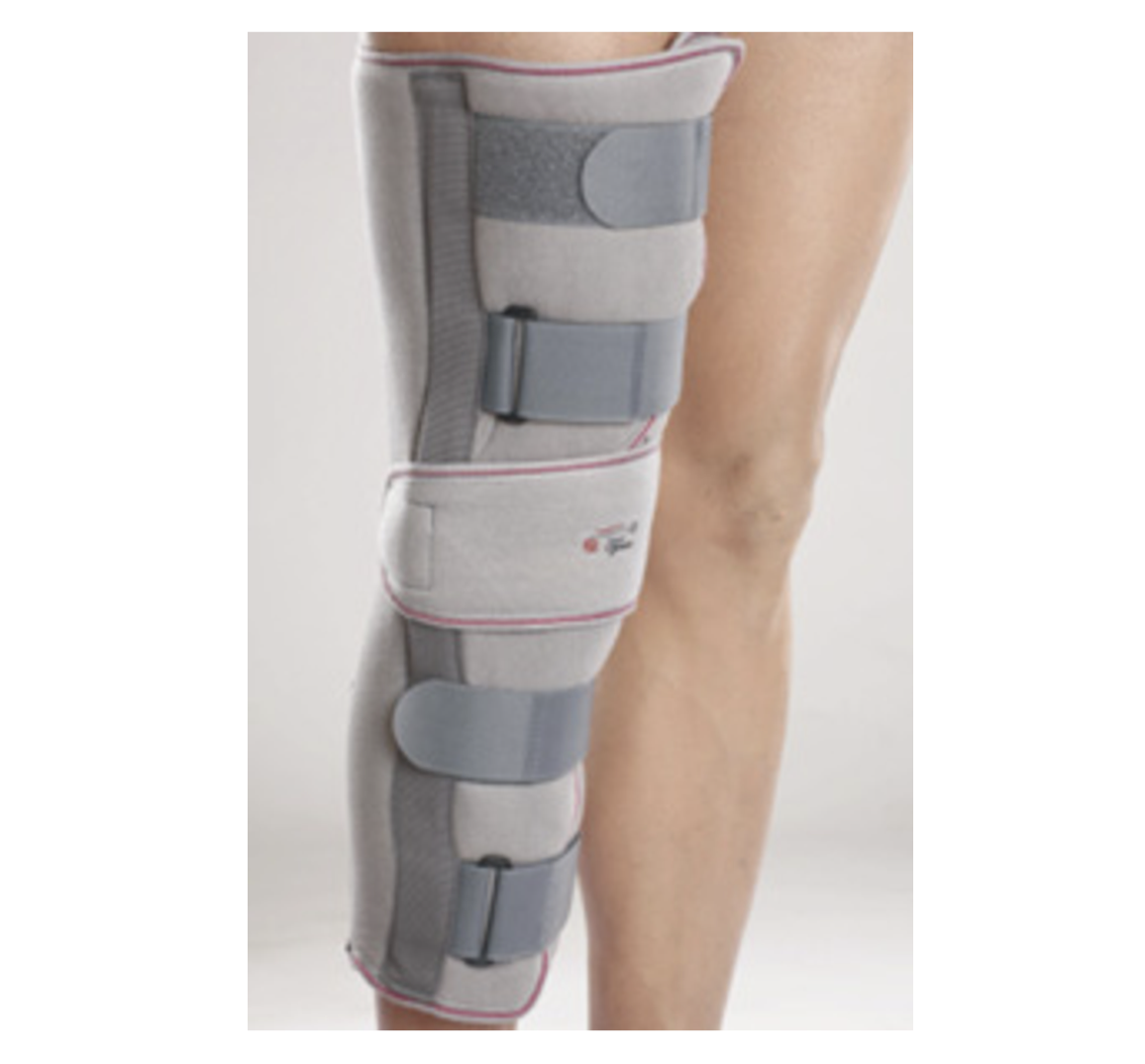Knee Immobilizers: Uses, Benefits & Bulk Buying Guide for Healthcare


What is a Knee Immobilizer?
A knee immobilizer is a device that helps limit the movement of the knee joint. It’s commonly used for conditions like patellar fractures, dislocations, or after surgery. However, using it for too long can reduce flexibility and cause complications, which is why hinged braces are often recommended for treating acute injuries.
Knee Immobilizer vs Knee Brace
Knee immobilizers and braces both help support and stabilize the knee, but the choice between them depends on individual needs. Knee immobilizers are ideal for keeping the knee completely still after surgery or serious injuries. Made from rigid plastic and straps, they prevent any movement and are usually prescribed by doctors or physical therapists for a set period.
On the other hand, knee braces are better suited when some movement is needed, like during rehab or exercise. These braces are made from materials like neoprene, nylon, or metal. Some offer tight compression for support, while others allow for more flexibility. Knee braces are available both by prescription and over the counter.
Most people prefer knee braces because they provide support while allowing movement, helping prevent muscle loss and improving joint flexibility. Knee immobilizers, however, can be useful right after surgery or in the case of severe injuries. It’s best to consult your healthcare provider to decide which option is right for you.
Benefits of Using a Knee Immobilizer Post Surgery and Injury
- Knee immobilizers benefits is that they provide stability to the joint, helping prevent further damage something especially important after surgery or injury.
- They also protect the knee during recovery, which is vital for those at risk of re-injury or dealing with ongoing knee problems.
- With their simple design and adjustable straps, knee immobilizers are easy to use, offering a practical solution to limit knee movement when needed.
How to Wear a Knee Immobilizer
- Follow the product’s instructions and recommendations carefully.
- Start by preparing the knee immobilizer and straps.
- Position the immobilizer behind the leg, making sure it’s centered both vertically and laterally behind the knee. If there’s a patellar cutout, align it directly over the kneecap.
- For models with removable or adjustable stabilizer bars, place the bars along the inside and outside of the leg, following its length.
- Secure the bars and immobilizer in place using the fastener straps usually two above and two below the knee.
- Once in place, check that the toes feel normal and that blood circulation is good by observing capillary refill.
Types of Knee Immobilizers Available for Medical Use
Unloader Knee Braces
These braces are designed to take some of the weight off your knee, reducing the pressure and shifting it to other parts of your leg. They’re often recommended by healthcare providers for people dealing with knee arthritis.
Patellofemoral Knee Braces
These braces support and protect the kneecap and the front of the knee, helping to relieve discomfort and prevent further injury.
Knee Immobilizer Braces
Used during recovery from surgery, these braces are stiffer and restrict movement to help your knee heal properly.
Functional Knee Braces
These braces are great after an injury, helping you move safely by preventing your knee from bending too far or in the wrong direction.
Prophylactic Braces
Athletes often wear these braces to prevent injuries, especially in contact sports like football or rugby. It’s best to check with your doctor before choosing one.
Knee Sleeves
Made from tight, elastic material, these sleeves gently compress the knee. While not technically braces, they’re a popular choice for support and are sometimes called compression sleeves.
Knee Immobilizer Brace Uses in Rehabilitation and Recovery
Knee immobilizer brace uses are commonly to support healing and prevent further injury in various conditions. They’re helpful for certain tibial plateau fractures and knee fractures or ligament injuries that need to be stabilized while waiting for surgery or casting. They’re also used for ligament injuries that don’t require surgical repair, serving as the main treatment. Injuries like patellar tendon tears, some patellar dislocations with limited movement or instability, and quadriceps tendon injuries also benefit from immobilization to promote proper healing and recovery. These braces provide the stability needed during critical recovery phases.
Knee Immobilizer Care and Maintenance Tips
- Clean the brace regularly using a damp cloth and mild soap.
- Avoid using abrasive or harsh cleaning agents.
- Inspect straps and stabilizers frequently for signs of wear and replace them if necessary.
- Store the brace in a dry, cool place to prevent moisture buildup.
- Ensure the brace is properly secured before use to avoid unnecessary strain.
- Follow product-specific instructions for care and maintenance.
- Keep the brace dry after cleaning to maintain its durability.
Related Products

Fastest by 15th Oct
COD
mb+ malu Knee Knee Immobilizer 22Inch
₹675
₹1,49955% OFF

Fastest by 15th Oct
COD
mb+ malu Shoulder Immobilizer
₹405
₹89955% OFF

Fastest by 15th Oct
COD
mb+ malu Knee Knee Immobilizer 19Inch
₹585
₹1,29955% OFF

Fastest by 22nd Oct
COD
Dyna Ankle Immobiliser
₹605
₹99539% OFF

Fastest by 22nd Oct
COD
Dyna Innolife Knee Immobiliser Long 22 Inch
₹953
₹1,58040% OFF

FAQs










